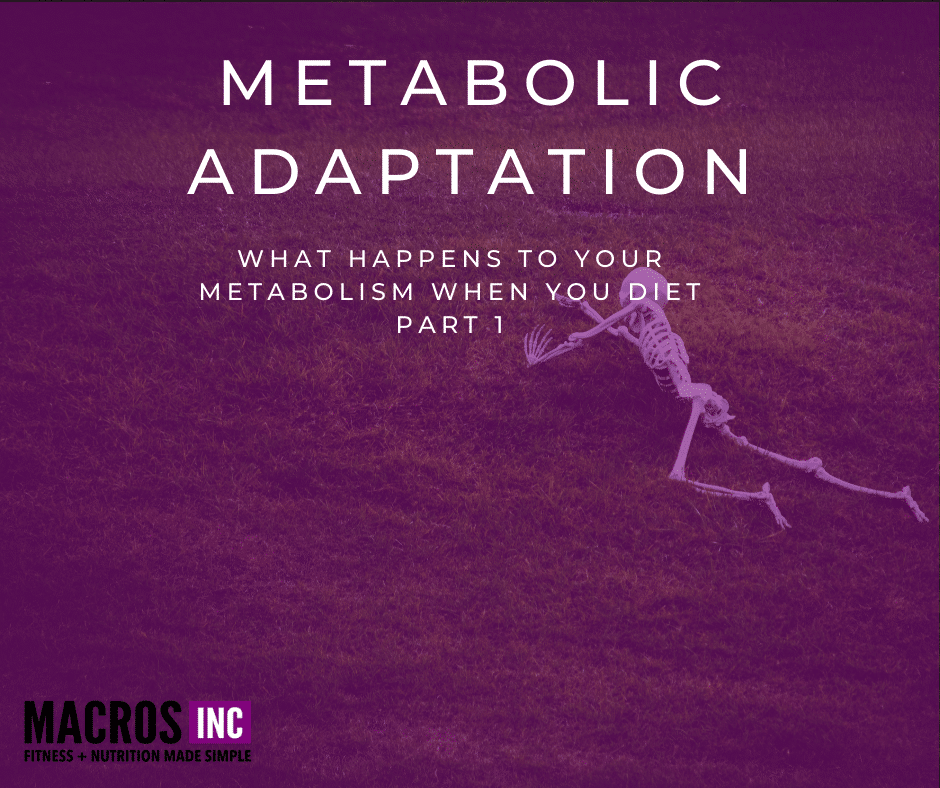Starvation Mode… more accurately referred to as Metabolic Adaptation is an often misunderstood concept with arguments being made whether it even exists. This series will flesh this concept out in depth. Here is part 1.
Jump to a Topic
What Is Starvation Mode?
There is irrefutable evidence that in a caloric deficit the body loses weight.
This weight loss occurs amongst all compartments of the body: fat tissue, skeletal tissue, bone tissue, and even vital organs.
The laws of thermodynamics apply in all situations, this is why they are physical laws. However, the human body is a biological organism that interprets signals and can modulate processes.
This is an important concept to understand, especially in the contest of very low calorie diets. To set the stage for the discussion about “how low is too low”, we need to state the difference between true starvation scenarios and low calorie diets in normal living people.
There is much discussion about how we can look to historical events such as the holocaust wherein people were starved to incredibly low calorie intakes or no calorie intake for extended periods and lost weight until they died and use this as the concept that there is no such thing as “starvation mode” and that no biological mechanisms exist to protect against weight loss in low-calorie diets and that if clients are not losing weight, cutting more calories is always the answer or will always work.
This is myopic and fails to understand how humans in forced starvation differ from humans in real world scenarios and also fail to understand concepts that relate to both human physiology and human psychology.
There is an abundance of literature that can help us tease out our metabolic adaption that occurs in response to low calorie intakes, at what point caloric deficits fail to elicit better responses, and how to understand these adaptions and what they really mean.
How Metabolic Adaptation Works
We need to begin this discussion with the human metabolism and how it works in response to both the absence of food and the presence of excess food (note: food can be exchanged directly for the concept of energy; however, humans eat food, not energy it is more helpful for this discussion to place this in the context of food). When exposed to extended periods of caloric deficits the human metabolism adapts to lower food intakes through a variety of mechanisms.
- The first adaptation will be a lower thermic effect of food: meaning that your body will burn less energy trying to burn the food you consumed. This loss is negligible for most people and does not represent a substantial impact on overall diet efficacy, but it is an observed phenomena.
- The second adaptation that occurs to caloric deficits is a decrease in non-exercise activity thermogenesis (NEAT). As total calorie intake decreases the overall level of non-structured (or spontaneous) physical activity begin to drop. This can often result in a decreases in daily caloric expenditure if not offset by deliberate increases of NEAT.
- The third and last adaption that will arise is your resting metabolic rate (or basal metabolic rate) will drop. This is a consistent report by weight loss studies. The primary reason for the adaption arises from a loss of organ mass and a decrease in key hormones like thyroid and leptin.
Conclusion
Metabolic adaptation occurs. But it is incredibly important to note that these changes are plastic, meaning they are reversible and as food intake increases post dieting, these adaptions reverse. This has an important implication, it means that there is not true, robust metabolic damage, but metabolic plasticity that works in response to the given stimuli.
Try our nutrition coaching, for free!
Be the next success story. Over 30,000 have trusted Macros Inc to transform their health.
Simply fill out the form below to start your 14-day risk-free journey. Let's achieve your goals together!


